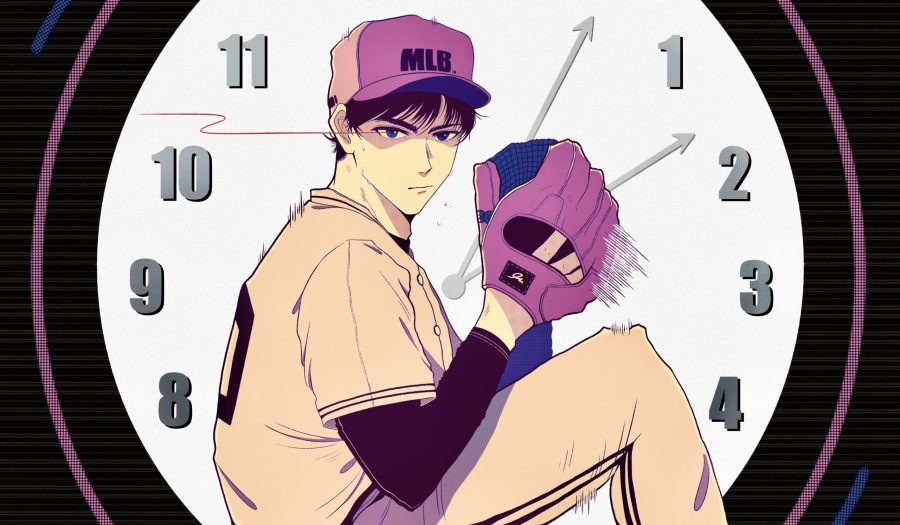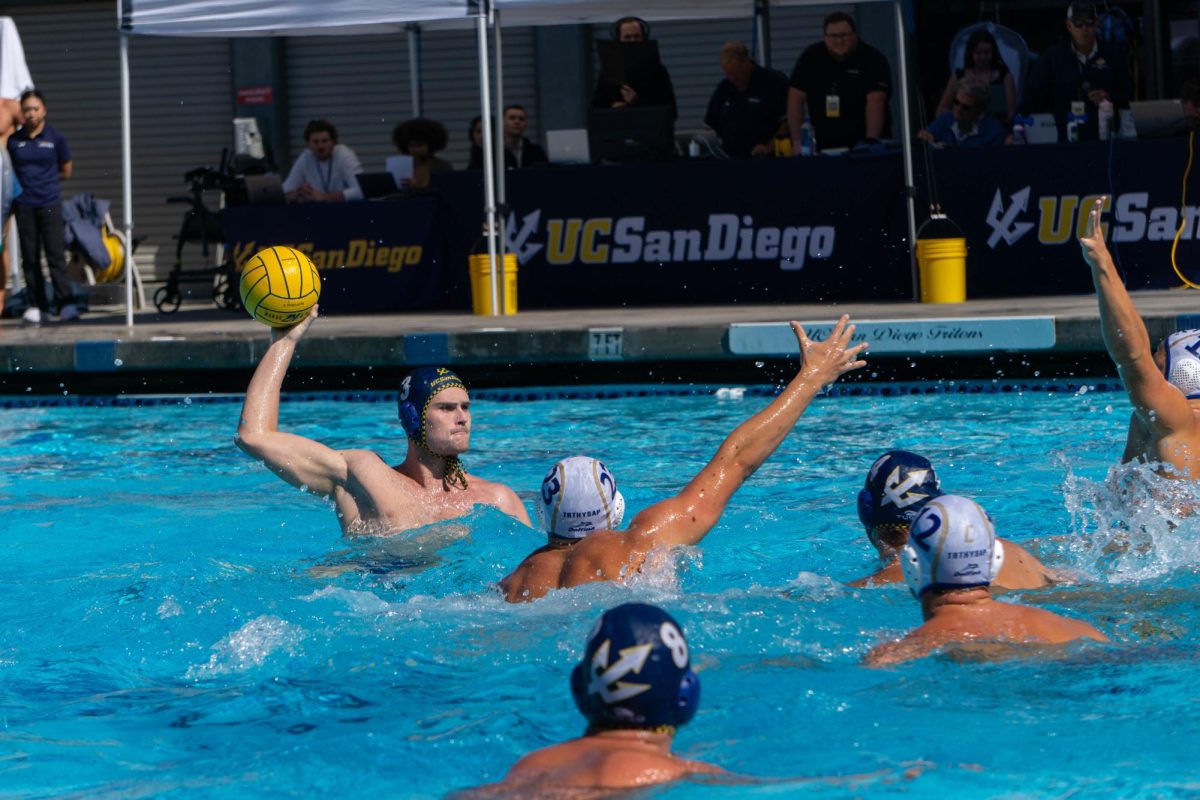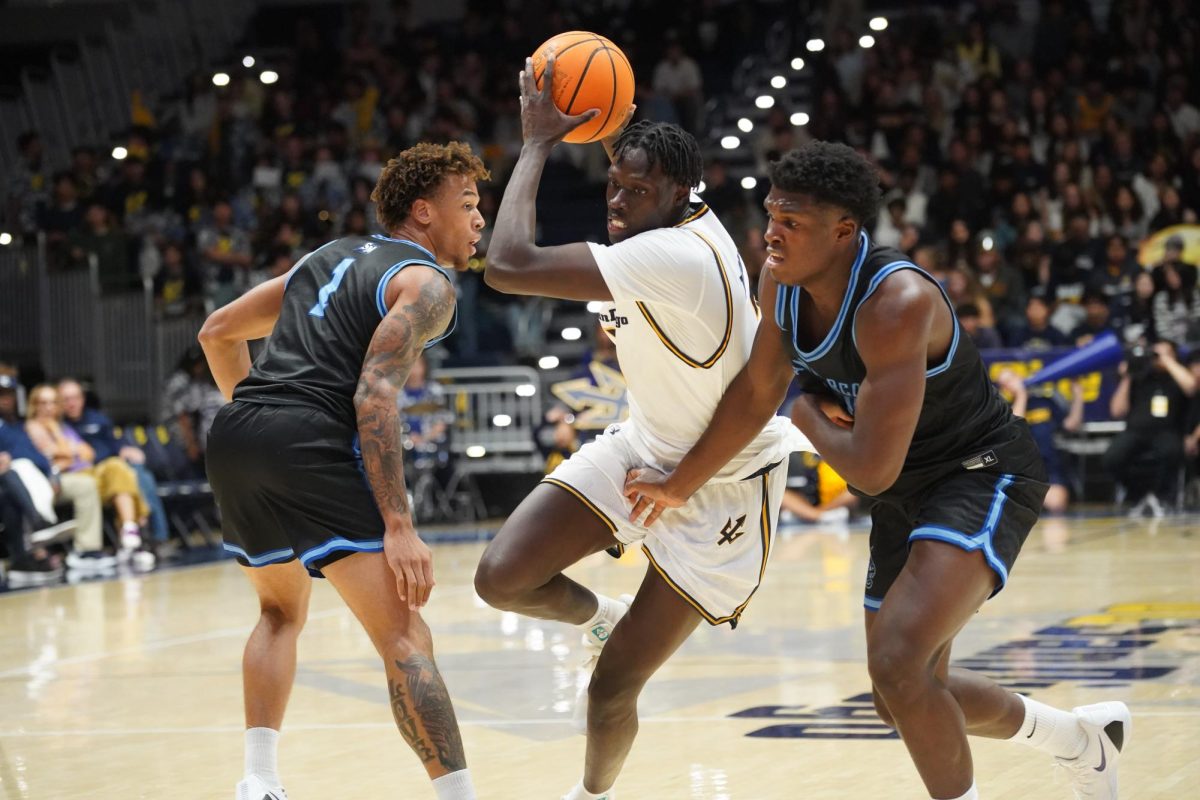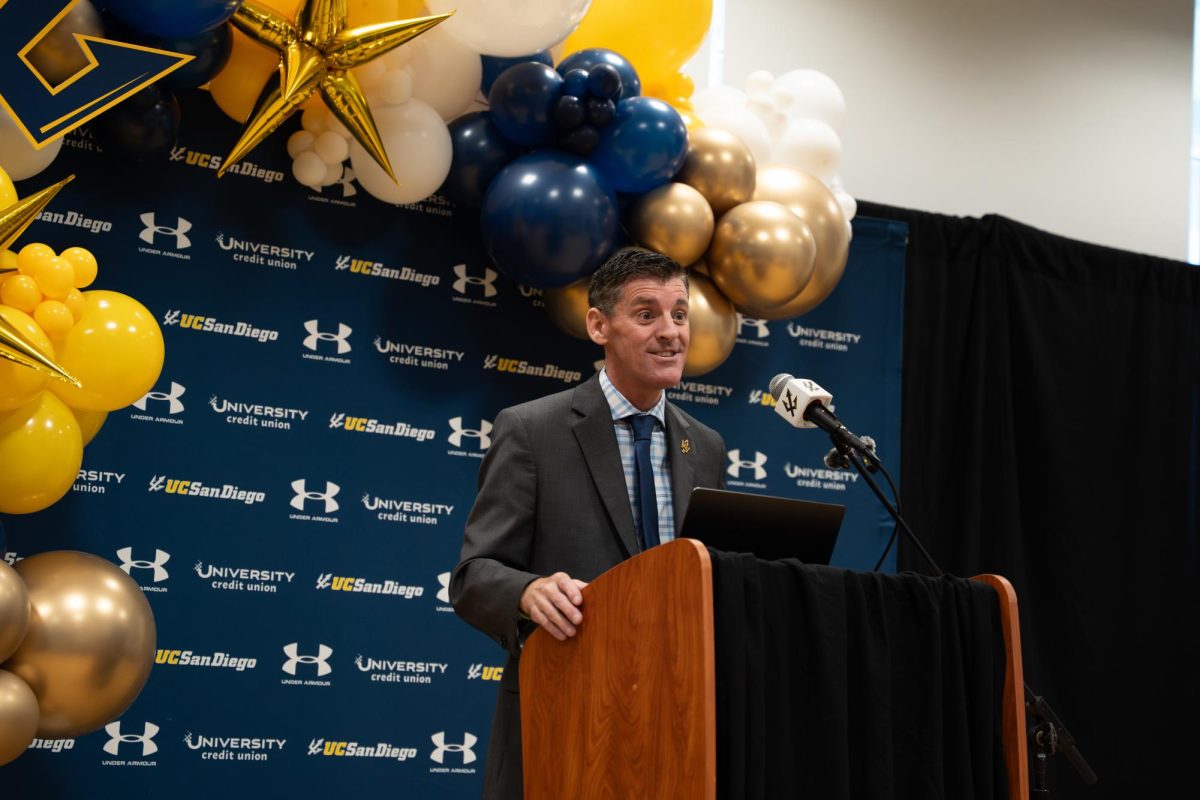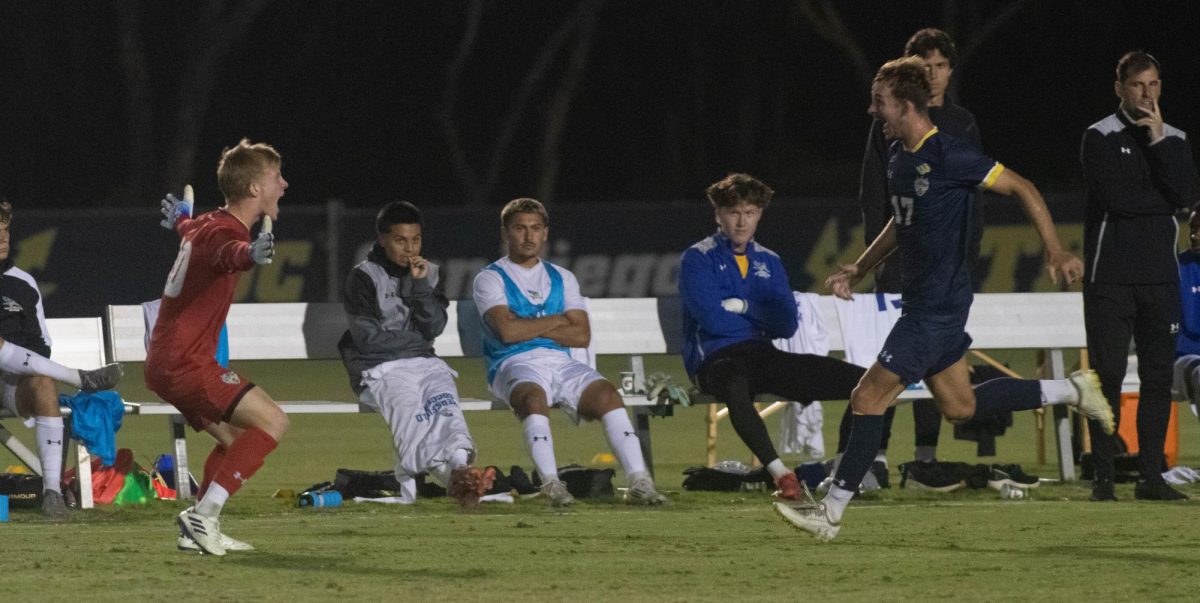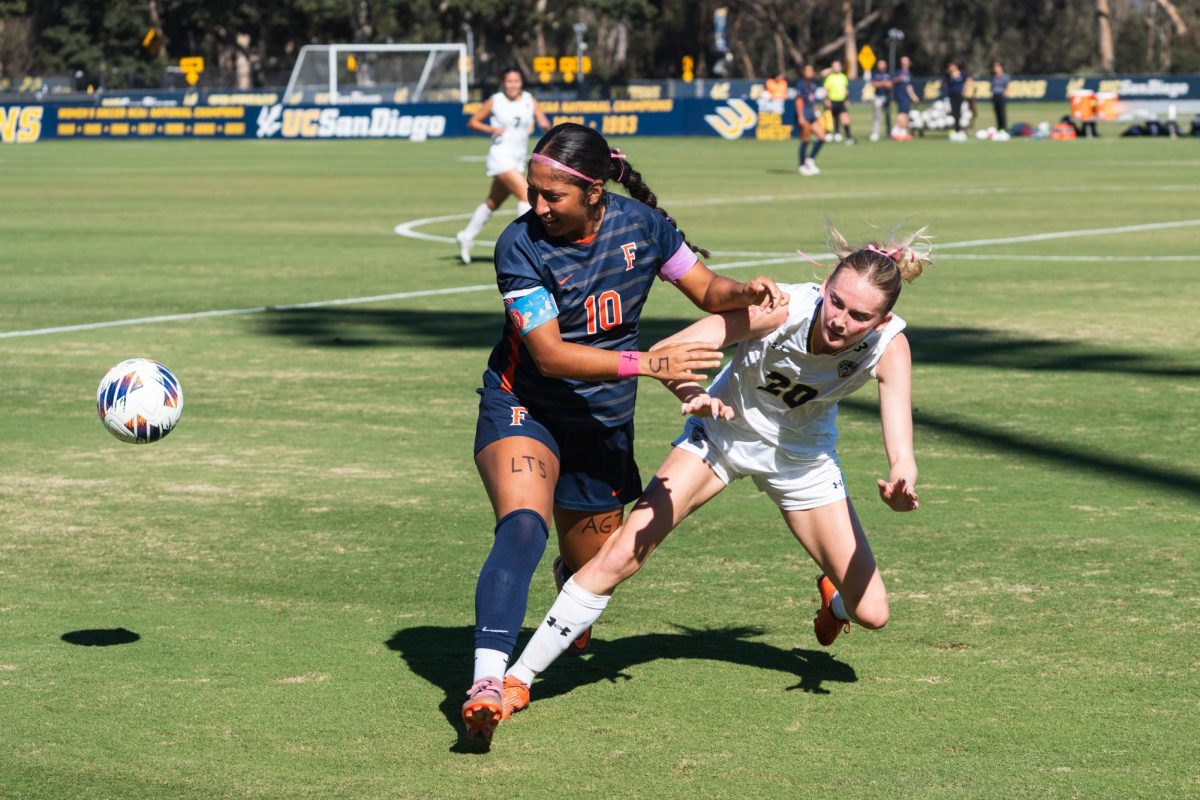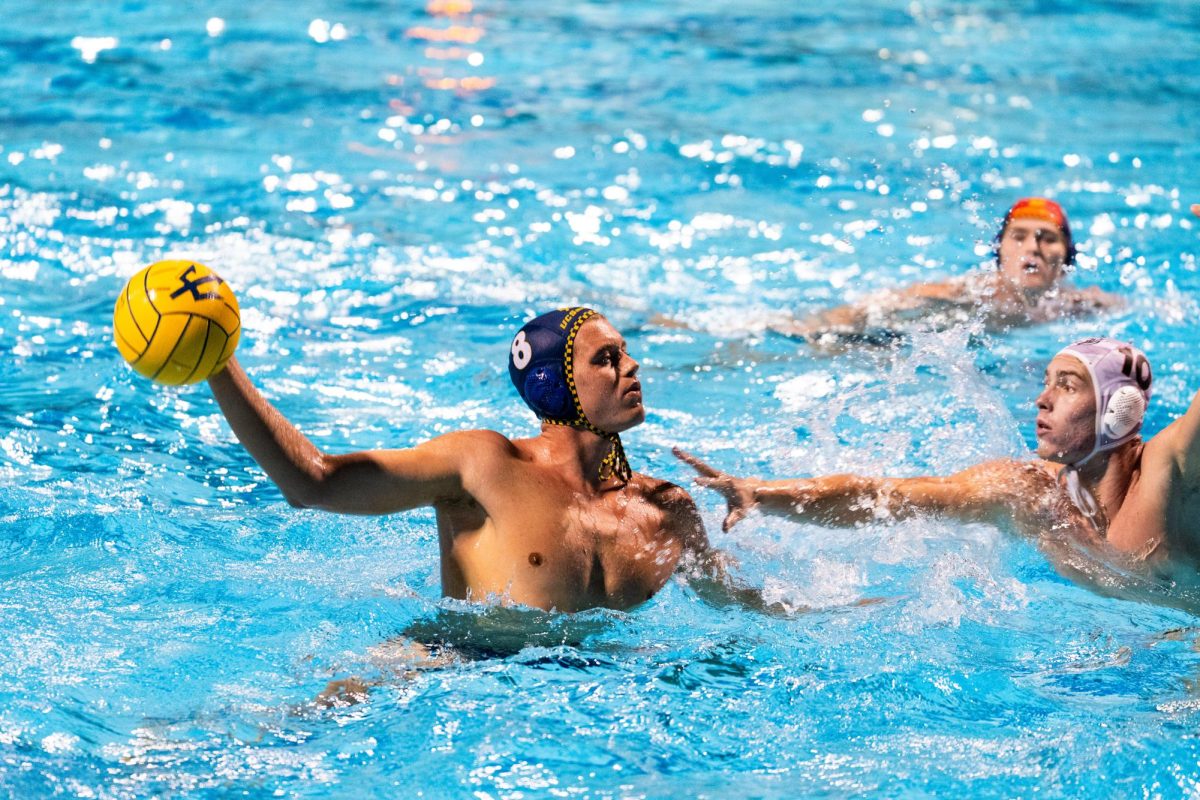Like it or not (and many do not), Major League Baseball’s new rules are here to stay. The NBA-esque pitch clock, the banning of the shift, and the implementation of bigger bases represent the latest in a long line of attempts to “fix” baseball. The updates to the 2023 rulebook encourage fast-paced action designed to draw in casual fans; it is yet to be seen if this will come to fruition, or if MLB’s aging fanbase will continue to dwindle.
After years of being tested at the college and minor league levels, the pitch clock has finally been called up to the show. According to MLB’s new rule, pitchers have 15 seconds to start their windup if the bases are empty, and 20 seconds to do so if there are runners on base. The rule affects batters too, who must be in the batter’s box before the clock reaches eight seconds. If the clock runs out on a pitcher, the batter earns an automatic ball; if the batter is not set, the pitcher is awarded a free strike.
Growing pains have emerged for many players at Spring Training. The San Diego Padres’ third baseman Manny Machado committed the first violation of the new rule, opening his first at-bat of the season with an automatic strike. A later game between the Atlanta Braves and the Boston Red Sox ended in a tie after a batter was unready on a ninth-inning full count. Another at-bat saw a 1–1 count awarded without a ball being thrown, as both the pitcher and the batter were penalized under the new rules. While players will likely adapt, there is a real concern that the pitch clock could alter the outcomes of playoff games.
Baseball fans will have to adjust to more than just the pitch clock this season. In recent years, the defensive shift (placing three infielders on one side of second base) has contributed to a change in batter behavior; traditional base-hit batting has been replaced by an all-or-nothing approach that has increased both home runs and strikeouts. Under MLB’s new rules, there must be two players who also must stand on the infield dirt on either side of second base. This may be the most important change to the 2023 rulebook, as it has the potential to fundamentally alter the way baseball is actually played. However, it is too early to tell if batters will revert to a more traditional approach to hitting or if managers will find loopholes in their defensive formations.
MLB has also increased the size of their physical bases from 15 inches squared to 18 inches squared. This is an attempt to reduce collisions between baserunners and infielders. Additionally, there have been restrictions placed on pitcher pick-off attempts. The pitcher can only throw to first twice during an at-bat; an unsuccessful third pick-off attempt will be ruled as an automatic walk. Lastly, the “ghost runner” rule has been made permanent, so expect to see a free runner at second base to start each game that goes to extra inning.
From MLB’s perspective, the new rules are working well. Average game times in Spring Training are down to 2 hours and 38 minutes, a decline of 23 minutes from the previous season. Importantly, this decline is mostly due to a decrease in so-called “dead time,” which means fans are treated to a more action-packed game. It has been speculated that the new rules may rush pitchers, leading to more walks and therefore more potential runs. The pitch clock and pick-off rule could induce a revival of base stealing, which declined to a low of .60 attempts per game in 2021. Hitters may be more likely to hit towards more traditional infield holes (between the second baseman and shortstop, for example), which could increase ground ball rates and highlight reel defensive plays.
It is not the first time MLB has felt the need to dramatically change its product. In general, these have attempted to boost offensive production, much to the chagrin of pitchers and traditionalist fans. There have been allegations that MLB was feeding “juiced” balls to teams in nationally televised games, artificially raising their entertainment value by increasing home runs. After a study found a sharp rise in pitcher spin rates on breaking balls, MLB cracked down on “sticky stuff.” These include a variety of substances, most notably a mixture of sunscreen and rosin, which help pitchers cheat by enhancing the ball’s grip and movement. However, after a brief period of stringent umpire checks, spin rates have quietly increased close to their 2020 levels.
The slew of changes has many baseball fans asking why this is even necessary. The short answer: “America’s pastime” is just that, America’s past time. MLB’s in-game attendance has been declining since the early 2010s. Younger sports fans, enthralled by the allure of 30-second TikToks and viral highlights, have been drawn to the faster pace of basketball and soccer. Local TV ratings have also been declining, with even the World Series attracting 50% less average viewership than in 2016. Bally sports, which holds the TV rights for 14 teams (including the Padres and the Los Angeles Angels), is currently at risk of bankruptcy. Despite nine players signing contracts worth over 100 million dollars this offseason, MLB is facing a severe challenge to its future growth.
MLB hopes the new rules will provide a much-needed boost to its popularity and ratings. Fast-paced baseball may engineer action in all facets of the game, creating those coveted SportsCenter Top 10 highlights. If the rules do not generate their desired effects, however, MLB may genuinely need to worry about the risk of baseball becoming a niche sport — if it isn’t one already.
Art by Michelle Deng for The UCSD Guardian



